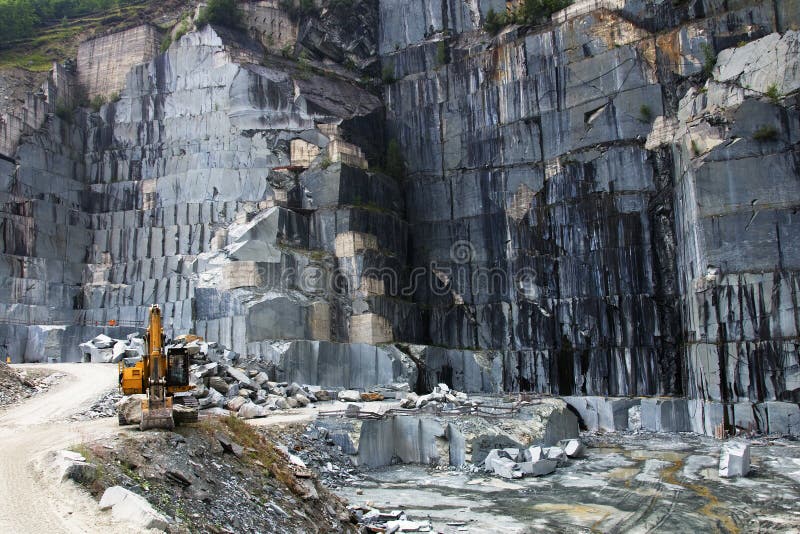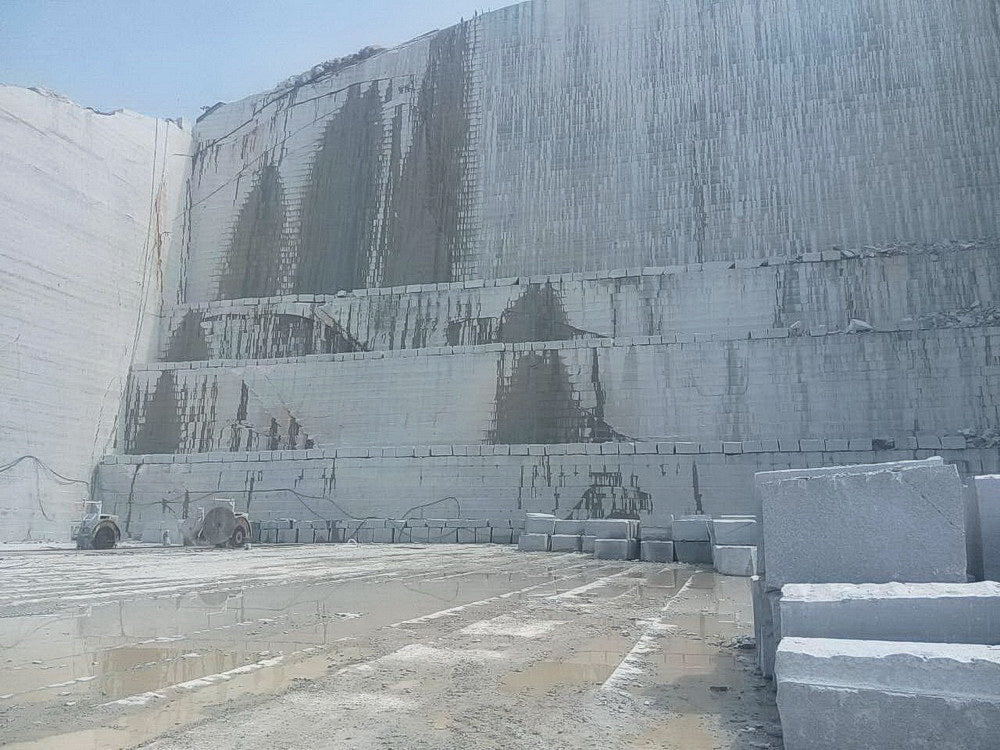The Surprise Treasures: Discovering Granite Quarries in South Africa
The Surprise Treasures: Discovering Granite Quarries in South Africa
Blog Article
Revealing the Mysteries of Granite Quarrying: Where Toughness and Elegance Meet
The world of granite quarrying is a realm where the raw toughness of nature converges with human artistry to produce structures that stand the test of time with an air of beauty. From the midsts of quarries to the thorough sprucing up in workshops, the procedure of changing granite right into architectural wonders is an intricate dancing of tradition and development. As we peer into the depths of this ancient craft, we begin to discover the concealed details that form the very essence of our built atmosphere.
The Origins of Granite Quarrying
In the annals of architectural history, the origins of granite quarrying are shrouded in a tapestry of ancient craftsmanship and geological marvels. Dating back to ancient Egypt and Mesopotamia, the removal of granite from quarries noted the start of a journey that would ultimately cause the development of a few of the world's most renowned structures.
Granite quarrying's roots can be traced to the proficient craftsmens who acknowledged the stone's resilience and aesthetic appeal. Via a mix of primitive devices and sheer determination, these very early quarry employees uncovered granite blocks that would certainly end up being the foundation of civilizations.
As civilizations evolved, so did the strategies of quarrying granite. The Romans, renowned for their design prowess, developed innovative approaches for removing granite to build monuments, holy places, and roadways that stood the test of time.
The heritage of these old quarrying methods remains to form contemporary architecture, with granite continuing to be an icon of stamina and elegance in building and construction jobs around the globe. (granite quarries in south africa)
Devices of the Quarrying Trade
The evolution of granite quarrying strategies from ancient civilizations to modern-day times highlights the vital duty played by the tools of the quarrying trade in forming the sector's practices. In old times, quarrying tools were primary, commonly being composed of blades, hammers, and wedges made from materials like bronze or iron. These tools called for significant manpower and time to essence granite blocks from quarries.

In addition, the intro of pneumatically-driven tools and high-powered machinery has considerably decreased the physical labor needed in quarrying operations, improving worker safety and performance. As the quarrying sector remains to introduce, the tools of the trade remain at the center of driving progression and forming the future of granite extraction.
Extracting Blocks of Granite
Utilizing accuracy machinery and progressed methods, the extraction of granite obstructs from quarries has come to be a sophisticated procedure in the contemporary quarrying sector. Managed blowing up methods read what he said are then employed to damage apart the granite into convenient sections.

Polishing and Finishing Strategies
To accomplish a perfect surface on granite blocks, knowledgeable artisans employ a series of careful sprucing up and completing strategies. After the initial extraction and forming procedures, the granite blocks go through a detailed polishing phase to boost their all-natural beauty and toughness.
Along with polishing, ending up techniques are put on additional improve the granite's look. These techniques may include flaming, refining, or cleaning, each offering one-of-a-kind textures and finishes to fit different visual choices. Flaming, for example, includes subjecting the granite surface to high temperature levels to develop a harsh, distinctive coating, perfect for exterior applications where slip-resistance is important. Developing, on the other hand, supplies a matte surface that is smooth to the touch, best for interior kitchen counters and floor covering. By carefully selecting and applying these brightening and ending up strategies, craftsmens can change raw granite obstructs into charming pieces that showcase both strength and beauty.

Ecological Impact and Sustainability
With the expanding emphasis on environmental awareness in the industry, granite quarrying methods are increasingly inspected for their influence on natural deposits resource and long-lasting sustainability. Quarrying for granite can have considerable ecological implications. The extraction process commonly entails the use of hefty equipment, explosives, and big quantities of water, leading to habitat damage, dirt disintegration, and water pollution. Furthermore, the transport of granite from quarries to refining centers generates carbon discharges, additionally adding to environmental degradation. granite quarries in south africa.
To mitigate these impacts and guarantee sustainability in granite quarrying, market stakeholders are embracing numerous actions. Applying innovative modern technologies to reduce power intake and water use, redeeming quarried land for eco-friendly reconstruction, and advertising accountable sourcing methods are some methods being utilized. Qualifications such as the Woodland Stewardship Council (FSC) and the Leadership in Power and Environmental Layout (LEED) assistance consumers identify eco pleasant granite products.
Final Thought
In conclusion, granite quarrying is a procedure that requires specialized devices and techniques to remove blocks of granite and polish them to a high degree of surface. While the ecological effect of quarrying can be significant, efforts are being made to improve sustainability methods in the industry. Generally, granite quarrying is Homepage a delicate balance in between utilizing the strength and sophistication of this natural stone while decreasing its influence on the setting.
Report this page